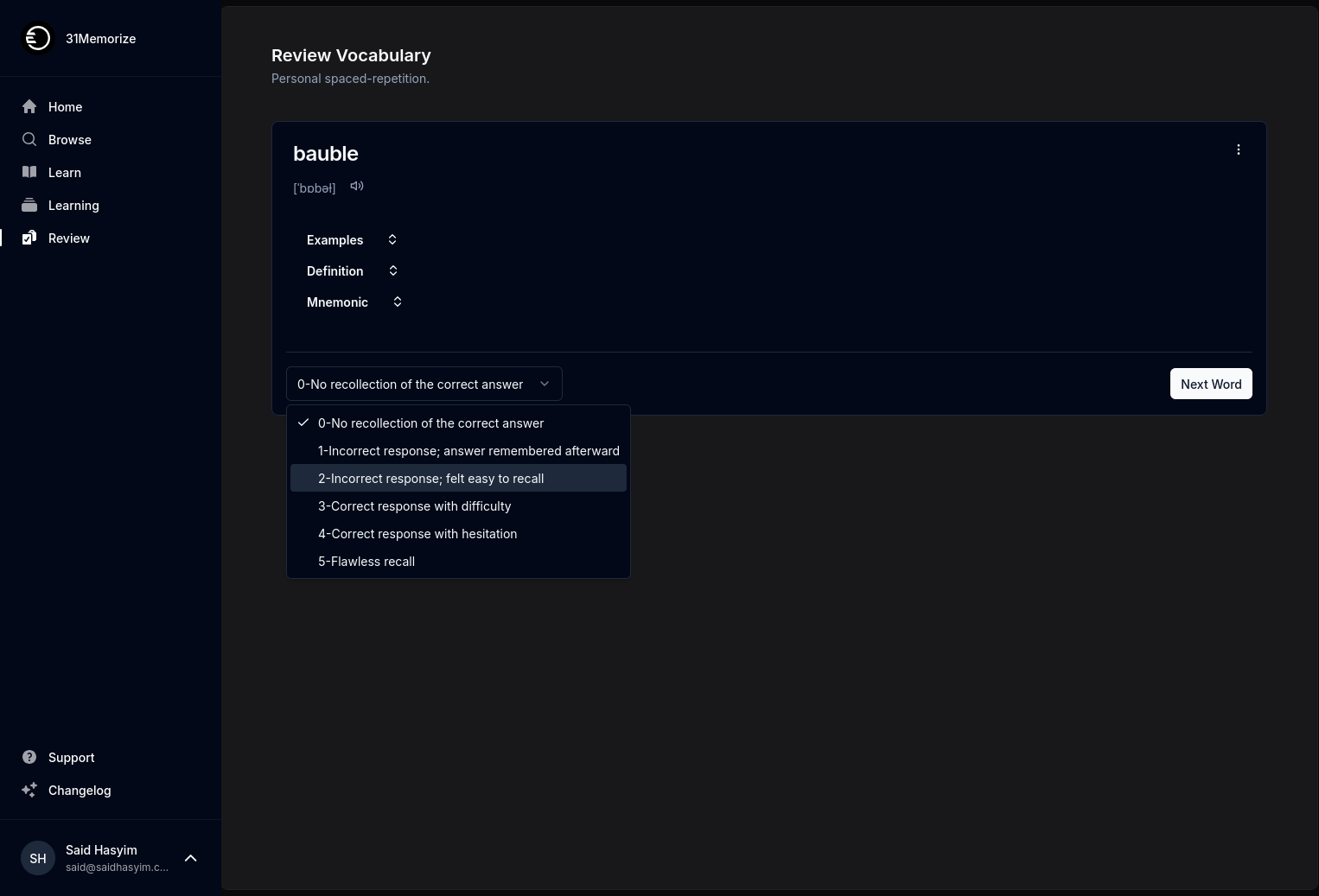Insights from Book Ratings: Author Edition
In the vast ocean of literature, authors craft narratives that resonate, provoke thought, and sometimes, challenge societal norms. As readers, we embark on journeys through their words, sharing our experiences and opinions through book ratings and reviews. These ratings serve as a valuable compass guiding other readers. But what insights can authors glean from the ratings their works receive? In this post, we will explore the impact of book ratings on authors, looking at trends, reader expectations, and the power of feedback.
The Rating Landscape
Understanding Ratings
Book ratings often employ a star system, typically ranging from one to five stars. These ratings provide a snapshot of reader sentiment, allowing potential readers to gauge the quality of a book before diving in. A 5-star rating might indicate a masterpiece that captures the reader’s heart, while a 1-star rating could signify disappointment or disdain.
Trends Across Genres
Different genres experience varying rating patterns. For instance, romance novels may see higher average ratings compared to literary fiction, which often grapples with complex themes and characters. Authors can analyze these trends, not only to understand audience preferences but also to position their works effectively within specific niches.
The Effect of User-Generated Ratings
Platforms like Goodreads, Amazon, and other review sites aggregate user-generated ratings, forming a collective opinion around a book. These community ratings can significantly influence the visibility and sales of a book. Authors should be mindful of this and recognize the importance of engaged readership in enhancing their book's reach.
Readers’ Expectations
The Role of Expectations in Rating
Readers enter the realm of a book with specific expectations influenced by marketing, cover art, blurbs, and prior knowledge of the author. When their experience aligns with these expectations, ratings tend to be favorable. Conversely, when the narrative diverges significantly from anticipated themes or styles, ratings often reflect this discord.
Building Anticipation
Authors can positively impact ratings by building anticipation before a book’s release. Engaging with potential readers through social media, book trailers, and cover reveals helps create a buzz that can lead to higher initial ratings. First impressions are crucial, and engaging readers early can set the tone for anticipation—and ultimately, ratings—once the book is published.
The Power of Feedback
Constructive Criticism
Book ratings provide invaluable feedback. While it can be disheartening to receive a low rating, authors should view feedback as an opportunity for growth. Constructive criticism can identify specific areas that may need attention, guiding authors in future works. Whether it’s character development, pacing, or world-building, the feedback loop created by ratings can lead to enhanced writing skill and storytelling ability.
Understanding Your Audience
Analyzing ratings and reading reviews can help authors understand their audience more deeply. Why did a character resonate with readers? What parts of the narrative were most compelling? By examining the language and sentiments expressed in ratings, authors can identify strengths and weaknesses in their narratives, allowing for a clearer vision of who their readers are and what they seek in storytelling.
Glory and Grievances
Every author experiences both glowing reviews and harsh critiques. It’s essential to celebrate the positive while learning from the negative. Embrace gratitude for the readers who took the time to appreciate the work, and be mindful of critics who may offer valuable insights, even if their delivery is blunt. Building resilience and a thick skin can ultimately contribute to a more thriving writing career.
The Community of Readers
Fostering Connections
Book ratings aren't merely numerical; they are part of a larger community conversation. Authors can benefit immensely from fostering connections with readers and engaging in discussions about their work. Participating in book clubs, social media conversations, and virtual events can deepen the reader-author relationship.
Encouraging Dialogue
Feedback isn't one-sided. Authors can utilize their platforms to invite readers to share their insights. Q&A sessions, AMA (Ask Me Anything) forums, or simply responding to comments can create a dynamic dialogue between authors and readers. This transparency can enhance loyalty and encourage readers to rate and review more thoughtfully.
Conclusion
The world of book ratings provides a wealth of insights for authors looking to hone their craft, connect with their audience, and understand the literary marketplace. By analyzing trends, recognizing the impact of expectations, and valuing feedback, authors can turn ratings into a constructive tool for growth.
Ultimately, while ratings may be a reflection of reader experiences, they also serve as a mirror for authors—a means to evaluate both their current work and their evolving place within the literary community. In a landscape as diverse as literature itself, these insights bring us closer to the heart of storytelling, illustrating the intricate dance between authors and their cherished readers.
Final Thoughts
As we continue to navigate this digital age of book publishing, it is imperative for authors to embrace the complexities of book ratings. They should foster an environment of open dialogue, welcome feedback, and view reader engagement as a resource for artistic development. Every rating, review, and opinion counts in shaping the narrative of an author’s career, making it an essential part of the literary journey. Happy writing!
